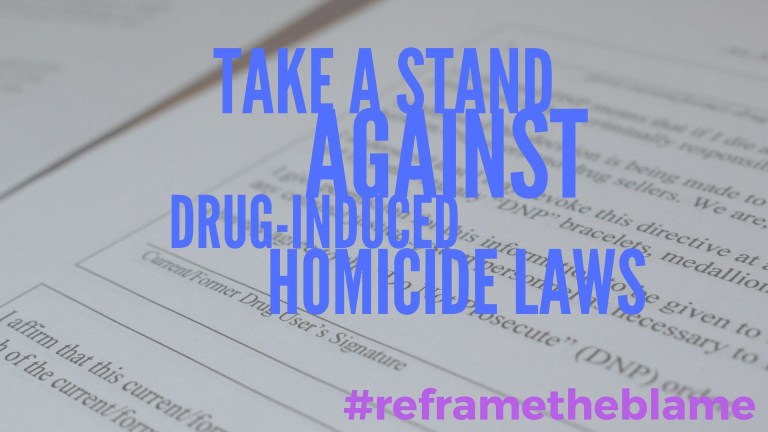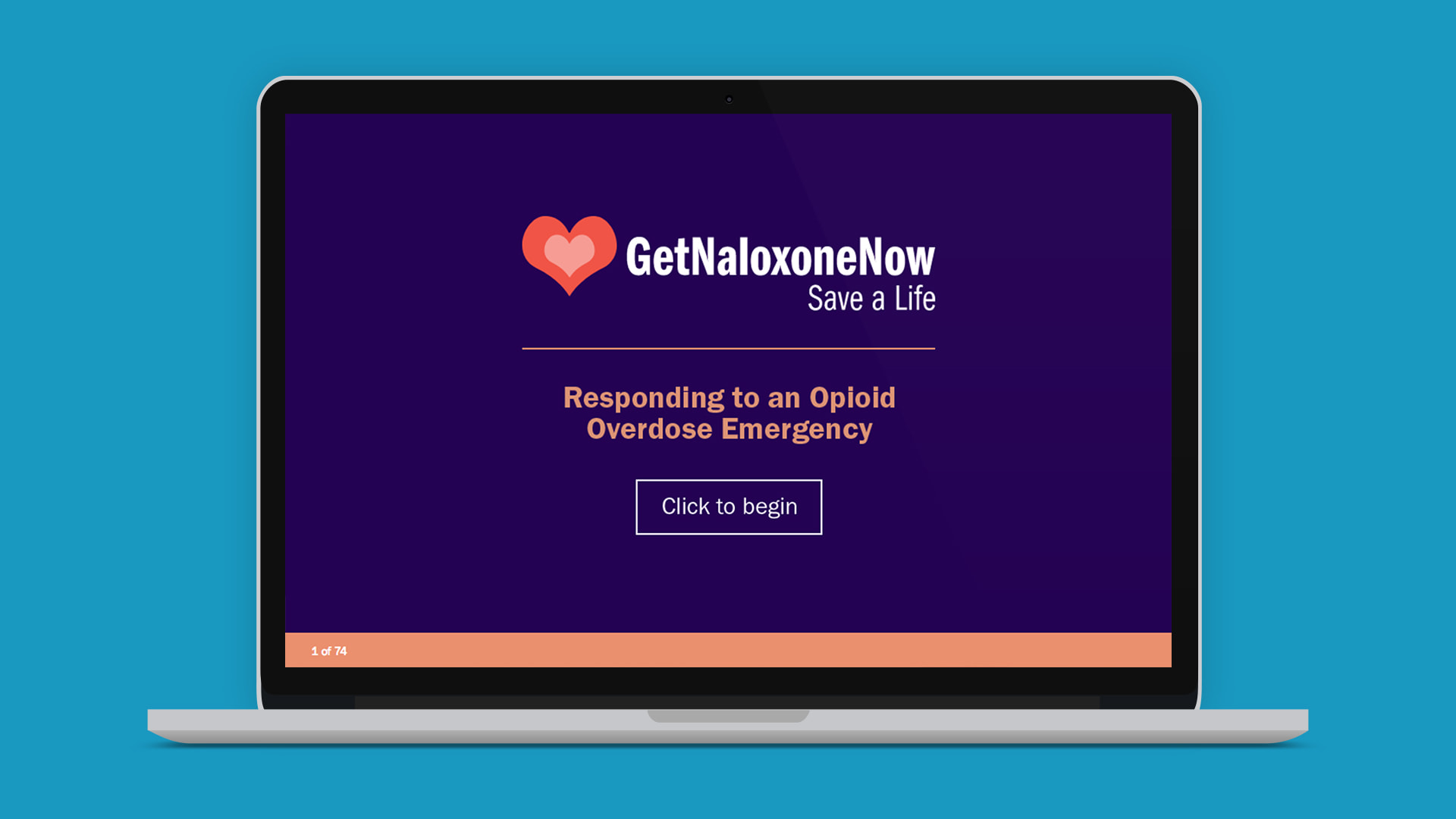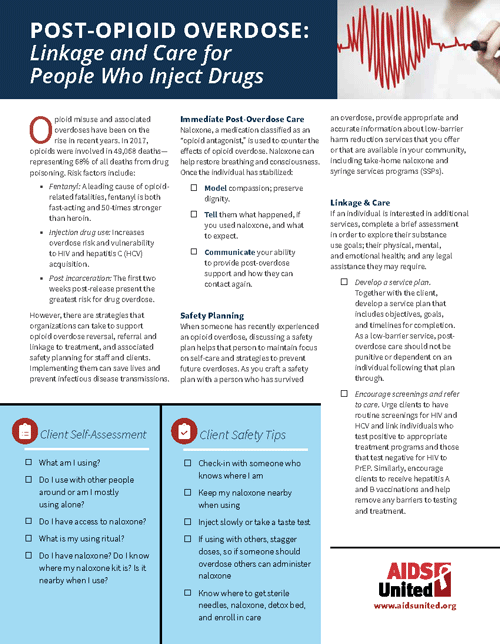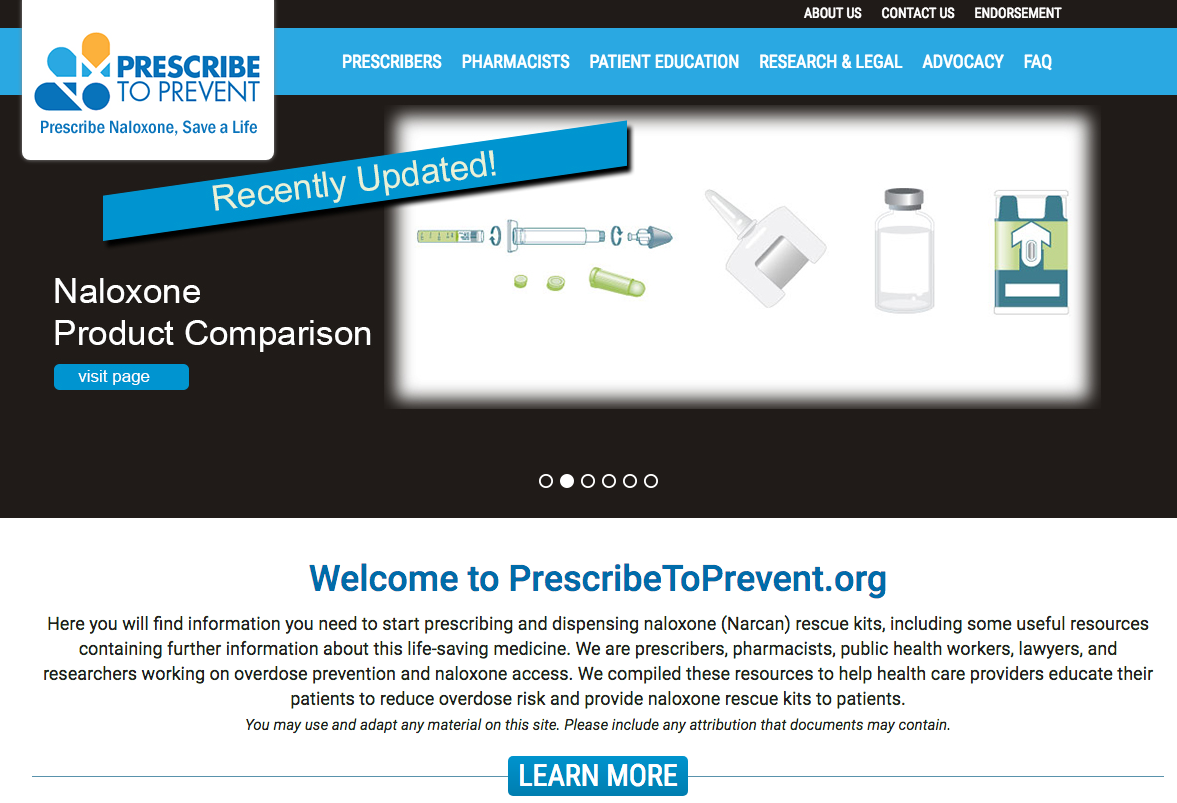What We Offer
Text Our hotline to get the supplies you need to save a life
Naloxone (Narcan)
Naloxone is a safe, easy-to-use antidote to overdose from heroin or other opioids. Successful use of naloxone saves the life of someone overdosing, and it does not take advanced medical training to learn how to administer it.
Although naloxone has been used in emergency settings for decades, it is rarely available at that critical moment when people need it most. To maximize its lifesaving potential, harm reduction advocates support “community or peer provision"—placing naloxone in the hands of those who are most likely to witness an overdose and respond first: opioid users, their families, and friends. Training more people in this basic first aid response can subvert death: it’s as simple as that.
Fentanyl Test Strips
Fentanyl is a synthetic opioid up to 100 times stronger than morphine and up to 50 times stronger than heroin. Fentanyl testing strips and related education allows people to better understand their risk of an overdose.
Use these urine drug tests (off-label) to test for fentanyl and fentanyl analogs (closely related drugs).
Treatment Options
Treatment referrals are made on a case by case basis, centering each person’s self-determination to find health-affirming and quality care. Trystereo’s regional resource guides are uniquely well-researched and include information on drug treatment centers and other healthcare providers and facilities that are most likely to treat people who use drugs with respect and without discrimination.
…visit our Additional Resources page for more information.
OVERDOSE RESPONSE
Naloxone Training
Naloxone training is available in-person through Trystereo’s hotline and for groups through our training and advocacy programs. You can also learn how to use naloxone from these short, 3-minute videos put together by our affiliates Next Naloxone:
Visit naloxoneforall.org/training for more information.
Trystereo offers intramuscular naloxone free of charge to anybody looking to reverse opioid overdoses. If available, we recommend nasal and autoinjector naloxone kits for people less comfortable handling needles.
Don’t have naloxone on hand? Don’t worry, there are other ways to prevent overdose!
Overdose Prevention
Overdose is most common when your tolerance is down (after incarceration, detox, or drug-free treatment), when drugs are mixed, and when using alone.
Be aware when using from a new source or using again after a break
Test for the presence of fentanyl with test strips
Use a buddy system, use with someone, or tell somebody when you use
Stagger your use when in a group so someone is available to respond if others fall out.
Recognize Overdose
Overdose looks like someone with shallow, slow, or no breathing. Lips and skin may be blue or ashy from lack of oxygen. If you recognize someone is overdosing,
Try to wake them up: shout their name or form a fist and rub your knuckles on their chest or upper lip.
If they are not responding to noise or pain…
Place their body in the recovery position—on their side with their hands under their head and the top knee bent
Call 911— Give your location, your phone number (in case the call is disconnected) and say “the person is unconscious and not breathing.” You don’t have to say drugs are involved until the ambulance arrives, and be smart when making the phone call: make sure there is no loud background noise, and chances are a police unit will accompany the ambulance but not investigate.
While waiting for the paramedics, check: are they breathing? Make sure nothing is blocking their airway, then feel their nose and mouth for breathing. If their breathing is less than 1 breath for every 5 seconds, tilt their head back, pinch their nose closed, and give one slow breath every 5 seconds until the paramedics arrive.
ADDITIONAL OVERDOSE PREVENTION RESOURCES
REQUEST A TRAINING
If you're interested in an Overdose Prevention and Response Training for your agency, organization, or business, please fill out our Training Request Form:
STATE & LOCAL LAWS
Act 370 of the 2016 Legislature in Louisiana increases access to naloxone. Medical professionals issue a standing order - a prewritten medication order by an authorized prescriber - to pharmacies, where naloxone can then be sold, and to community organizations, who can give naloxone out free-of-charge.
Naloxone is now legal for anyone to have on hand. A 2014 Good Samaritan Law also protects* the victim of overdose from criminal charges, excluding possession with intent to distribute, when 911 is called.
PHARMACY ACCESS

Intranasal and muscular naloxone formulations. Photo credit: https://prescribetoprevent.org/pharmacists/formulations/
Any Louisiana pharmacy can sell Naloxone. Big name pharmacies (CVS, Walgreen’s) have corporate standing orders; most store at least one kit on site, available for purchase. If they do not have Naloxone in stock, they can order it by request.
Pricing: Without insurance, around $150, but with most Medicaid plans $3 copay & $5 atomizer fee (does not include Ameritas plan)
In New Orleans, the following pharmacies store Naloxone, so it’s immediately available. No prescription necessary! You may be asked for an ID or name/address.
UMC Walgreens
Address: 2000 Canal St #1201, New Orleans, LA 70112
Phone: (504) 758-3718
Hours: Monday - Friday: 9am - 5pm
Avita Pharmacy: Tulane Tower
Address: 2601 Tulane Ave Suite 445, New Orleans, LA
Phone: (504) 758-3718
Hours: Monday, Tuesday, Friday: 8:30am - 5:30pm, Wednesday & Thursday 8:30am -7pm
Crescent City Pharmacy
Address: 2240 Simon Bolivar Ave, New Orleans, LA 70113
Phone:(504) 267-4100
Hours: Monday - Friday: 8am - 5:30pm
Saturday: 9am -12noon
Sunday: CLOSED
Pharmacists must explain three things before selling Naloxone: 1. How to recognize signs of an opioid-related drug overdose; 2. How to store and administer it; and 3. emergency follow-up procedure, including calling EMS.












